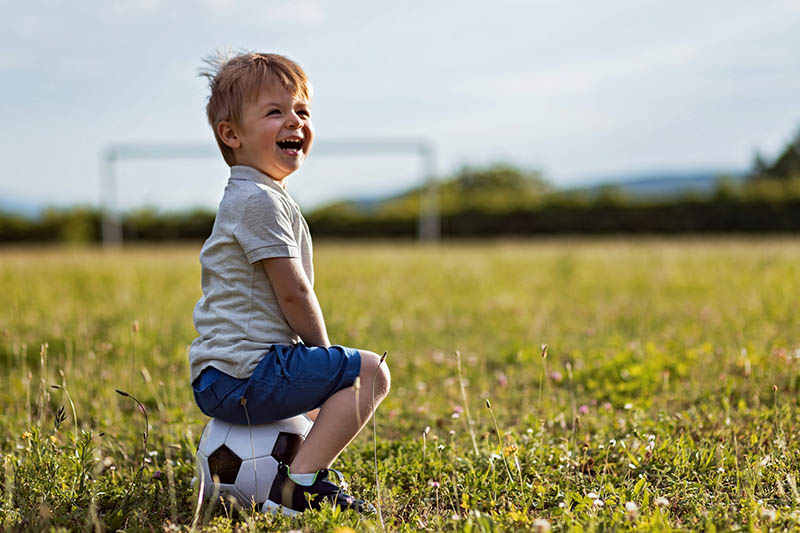Gait development is one of the most exciting milestones for parents to witness. From those first wobbly attempts at standing to a confident stride, your child’s walking journey reveals much about their physical growth, balance, and coordination. Understanding the normal phases of gait development, knowing what signs might indicate a problem, and learning how professionals assess and treat gait issues can help you support your child’s healthy development every step of the way.
What Is Normal Gait Development in Children?
In simple terms, gait refers to the pattern of movement when walking. In children, gait development involves a gradual refinement of balance, coordination, muscle control, and joint alignment.
A typical gait cycle consists of two main phases:
- Stance phase – when the foot is in contact with the ground, providing stability and support.
- Swing phase – when the foot is off the ground and moving forward to prepare for the next step.
As your child learns to walk, their gait pattern changes significantly over the months and years of age. Early walkers often display a wide base of support for stability, short step length, and an uneven rhythm. Over time, these elements become more refined, leading to a mature gait that resembles an adult gait.
In a mature gait, you’ll notice:
- A narrower base of support.
- Longer step length and improved step frequency.
- A consistent heel-to-toe movement.
- Reciprocal arm swing, where arms move naturally in opposition to the legs for balance.
Children usually reach a stable, mature gait pattern by around 7 years of age, but many factors can influence this timeline, including muscle strength, neurological development, and environmental experiences.
Key Milestones: From First Steps to Confident Walking
Gait development follows a predictable sequence, but the exact timing can vary from child to child. Here’s what parents can typically expect:
- 12 months of age – Many children take their first independent steps around this time. Early steps are often wide-based and accompanied by a high guard position (arms held up for balance).
- 3–6 months of independent walking – The base of support begins to narrow, and step length increases. Movements become smoother, and there is less side-to-side sway.
- 9–12 months of independent walking – Heel-to-toe walking emerges, and the arms gradually lower from the high guard position.
- 2–3 years of age – Walking patterns become more symmetrical. Step frequency slows as step length increases, and children can walk faster and change direction more easily.
- 4–7 years of age – Most children achieve a mature gait similar to an adult gait, with consistent reciprocal arm swing, narrow base of support, and efficient stance and swing phases.
These milestones are based on average ranges, so some healthy children may walk earlier or later than these ages. However, large delays or persistent differences in gait pattern may warrant further evaluation.
Common Gait Abnormalities Parents May Notice
Parents are often the first to spot an unusual walking pattern. While many gait differences in toddlers are normal and resolve with growth, others can signal an underlying issue.
Some common gait variations include:
- Flat-footed walking – Often normal in toddlers because the arch (medial longitudinal arch) has not yet developed. This usually improves naturally, but persistent flat feet or pain may require attention.
- Toe walking – Sometimes seen in early walkers but should decrease over time. Persistent toe walking can be linked to muscle tightness, neurological conditions, or developmental disorders.
- In-toeing or out-toeing – May result from differences in hip, knee, or foot alignment. Often improves with growth but can sometimes cause tripping or fatigue.
- Limping – May indicate pain, injury, or a more significant musculoskeletal or neurological issue.
- Asymmetrical gait – When one leg moves differently from the other, possibly due to leg length discrepancy, weakness, or neurological conditions such as cerebral palsy.
Not every gait variation is a cause for concern, but consistent or worsening abnormalities should be evaluated by a pediatric orthopedic specialist.
When Should You Be Concerned About Your Child’s Walk?
Mild gait differences are common in young children and often resolve naturally. However, you should consider a professional evaluation if you notice:
- Limping that lasts more than a few days without improvement.
- Pain during or after walking.
- Persistent toe walking beyond 2 years of age.
- Extreme clumsiness or frequent falls.
- Visible deformities in the legs, knees, or feet.
- Significant delays in achieving walking milestones.
In children with cerebral palsy or other developmental conditions, gait differences may be expected, but regular monitoring ensures they have the right interventions to support mobility.
How The Pediatric Orthopedic Center Evaluates Gait Issues
A thorough gait evaluation begins with a review of your child’s medical history and a physical examination. Specialists observe the child’s gait cycle, assessing each stance phase and swing phase for symmetry, smoothness, and efficiency. They also measure step length, step frequency, and base of support.
Additional assessments may include:
- Lower extremity alignment – Checking for conditions like bow legs (genu varum) or knock knees (genu valgum).
- Rotational profiles – Measuring hip and tibial rotation to understand in-toeing or out-toeing patterns.
- Neurological evaluation – Ensuring the central nervous system is coordinating muscle activity appropriately.
- Foot progression angles – Observing the direction the feet point while walking.
If the cause of a gait abnormality is unclear, imaging studies such as X-rays may be ordered. For certain conditions, such as suspected cerebral palsy, a multidisciplinary approach including neurology and physical therapy may be recommended.
Early Intervention for Healthy Development
The good news is that most gait issues in children are treatable, especially when addressed early. Interventions can include:
- Physical therapy – Strengthening muscles, improving flexibility, and training efficient movement patterns.
- Orthotics – Special shoe inserts or braces to support proper alignment.
- Casting or splinting – In some cases, temporary support is used to encourage correct positioning.
- Surgical correction – Rarely needed, but sometimes necessary for severe alignment or structural problems.
Early treatment helps children achieve a mature gait sooner, reducing the risk of future pain or injury. It also supports participation in sports, play, and daily activities with confidence.
Parents can play an active role by encouraging safe opportunities for walking, ensuring well-fitting shoes, and monitoring their child’s progress over months of age and years of age.



